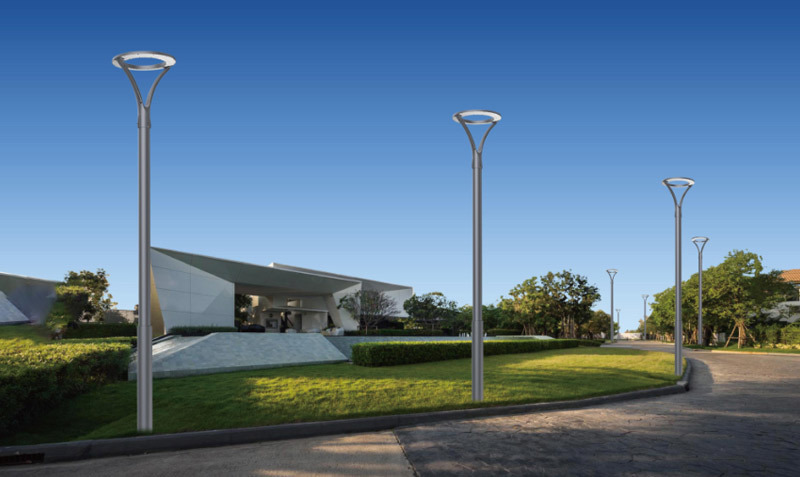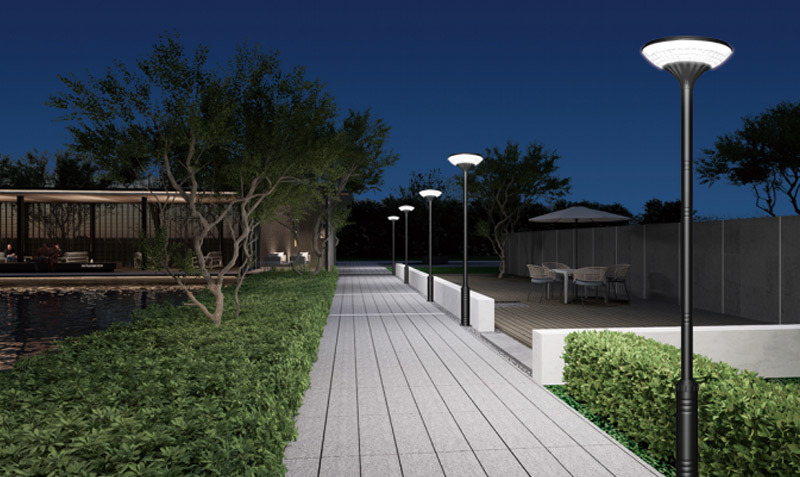How to choose the right LED lamps
There are many factors to consider when selecting the right LED lighting fixtures to ensure that the luminaires can meet the real needs and achieve the best light effect. Here are some basic buying tips:
Aug 28,2024

There are many factors to consider when selecting the right LED lighting fixtures to ensure that the luminaires can meet the real needs and achieve the best light effect. Here are some basic buying tips:
1. Please specify usage scenarios and requirements.
Use of the room: Different rooms have different brightness needs. For example, a higher brightness is required in the living room, and soft light is suitable in the bedroom.
Room area: Calculate the required brightness based on the area of the room to select the appropriate power and lumens.
Installation location: Consider the height and location of the lamp to ensure uniform light distribution.
2. Pay attention to the parameters of the lamp.
Power and lumens: The power is the power of the light bulb, and the lumens are the brightness. The power consumption of LED lamps at the same brightness is much lower than that of traditional light bulbs, so it is necessary to select the appropriate power and lumen according to the actual needs.
Color temperature: The color temperature determines the color of the light, and different color temperatures are suitable for different scenes. Warm colors 2700-3300 K are often used in home living spaces, and cool white colors above 5300 K are more suitable for office or educational spaces.
Color rendering index (Ra): Measures the ability of a lamp to color an object and provide uniform illumination. Usually, a Ra≥ 80 is required for household lamps. The higher the value, the better the color reproduction.
Anti-glare: Glare affects visual comfort, so it is important to choose lamps with a lower level of dazzle.
Strobe depth: Strobe depth should be as small as possible to reduce eye exposure. Chinese industry standards require the strobe frequency of certified products to reach 3125Hz.
Blue light hazard: Blue light is a high-energy short-wave light that is harmful to the eyes. When selecting LED lights, you should pay attention to the hazard level of blue light and give priority to products of the RG0 level.
Beam angle: determines the range of light propagation of the lamp. The beam angle of household lamps can usually be different: 15 °, 24 °, 38 °, 45 ° and 60 °.
3. Check the certification and product quality.
3C certification. Brand products must have national standard certificates provided by the country, such as 3C certification, as well as other international certificates such as CE, American ETL, etc. D. The more these certificates, the more product quality is guaranteed.
Package appearance: The outer packaging of ordinary LED lamps will show the rated voltage, voltage range, manufacturer's trademark, address, power rating and other information. Quality products have clear and legible trademarks, and the packaging is protected by corrugated paper and has a special fastener.
Product details: Check for cracks and weakness in the appearance of the lampshade, whether the joints are sealed, and whether there is a backlash or tilt between the lamp head and the radiator.
4. Consider the actual installation and use.
Installation method: Choose the right type of lamps according to the layout and style of the room, such as ceiling lamps, chandeliers, lamps, etc. D.
Dimmable performance: If you need to adjust the brightness of the light, you can choose LED lamps with dimming function.
Service life and maintenance. LED lamps have a long service life, but it is also necessary to consider the ease of their maintenance and replacement.
To summarize, choosing the right LED lights requires comprehensive consideration of use scenarios, lighting parameters, product certification and quality, and actual installation and use. Through careful comparison and selection, you can be sure that you buy LED lighting products that meet your needs and have good economic efficiency.
Contact
Mailbox:
Contact:
Address:
No.111, North Caoyiqunxian Street, Guzhen Town, Zhongshan City, Guangdong Province
Articles












